We interview Max Hollein about the Summer of Love in San Francisco, the counterculture of the West Coast and its impacts on Silicon Valley.
Hallo Mr. Hollein, how are you, and where are you right now?
I am in San Francisco, where for over a year I’ve been in charge of the city’s two fine arts museums. As I was accustomed to doing in Frankfurt I commute from one museum to the other. But due to the steep ups and downs of San Francisco’s streets sadly not by bike anymore but only by car. Even though here of all places people lay great store by being fit and engaging in sports. Hardly surprising as the city is not only surrounded by the sea, but also by several nature parks – so surfing, mountain-biking or paragliding are options, but as an Austrian accustomed to hiking I tend to stick to that.
In the current, politically very heated period in the United States the spirit of the Summer of Love will assume a special new role.
San Francisco is just celebrating the 50th anniversary of the “Summer of Love” and the de Young-Museum also has a large presentation on the topic. What can visitors expect?
The de Young-Museum is in the middle of Golden Gate Park and right next to the Haight Ashbury district, in other words in the very epicenter of what was then the Hippie movement. Hippie Hill and the place where the “Human Be In” took place then – involving Timothy Leary and Allen Ginsberg, not to mention “40,000 flower people” – is more or less our front garden. When I arrived here in San Francisco I realized immediately that to mark the 50th anniversary we need to have a fundamental exhibition on the visual culture of that period. Naturally, it was an advantage that back in 2005 when I was still director of SCHIRN I was involved in an exhibition on the Summer of Love, and I had a good idea of what such a project might look like. Consequently, after a short preparation period we produced a comprehensive and spectacular exhibition. It helped that half of the 400 works in the exhibition come from our own collection. The special thing about the fine arts museums here is that our collections have a huge bandwidth.
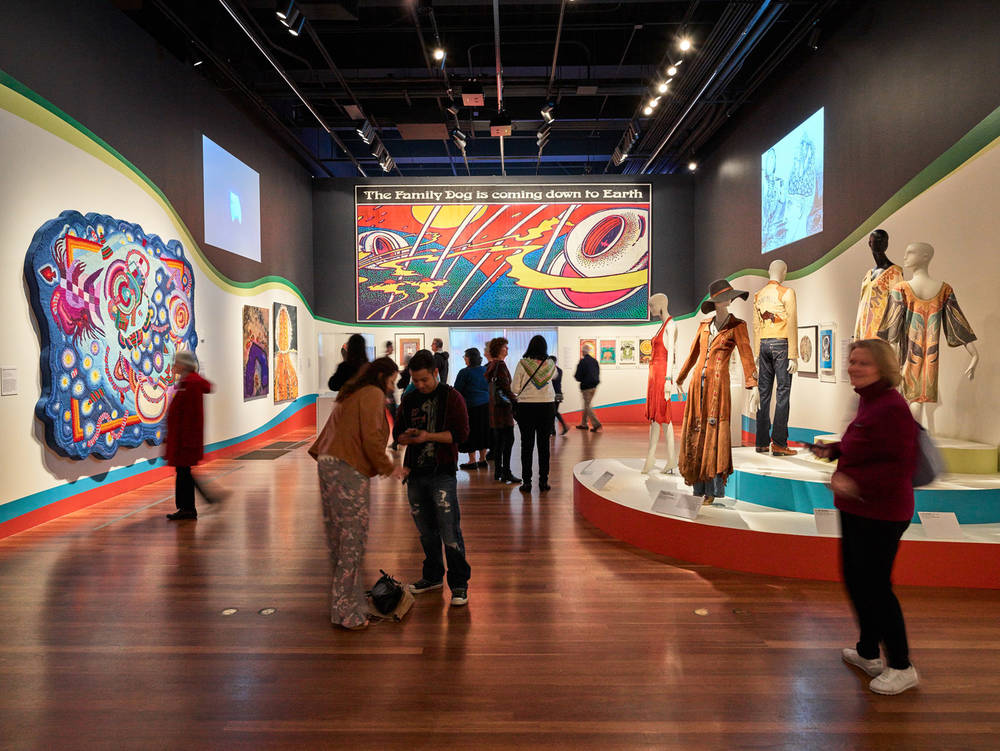
In the 1960s there was a cultural revolution in the United States. It was a time of radical change in music, in art, in fashion and politics. What does the exhibition tell people about that?
The exhibition shows both the radical changes and its artistic protagonists. Above all in San Francisco it was the artists, in particular musicians, actors, performance activists and graphic designers who defined and shaped the era. Summer of Love so the cultural revolution in the city in all its facets and impacts, but also explores its legacy. The entire Free Culture movement, later the basis of the new digital communities, the disruptive energy that today drives Silicon Valley, the “back to nature” ideology, which has since been transformed into a commercialized “whole foods movement”, fixtures such as the “Burning Man” festival as successor to the “Human Be In” happenings of the time, the Summer of Love of 1967 has left deep marks everywhere here. Perhaps also precisely in the current, politically very heated period in the United States the spirit of the Summer of Love and its positive anti-establishment ideology will assume a special new role. At any rate the exhibition is proving to be hugely popular.
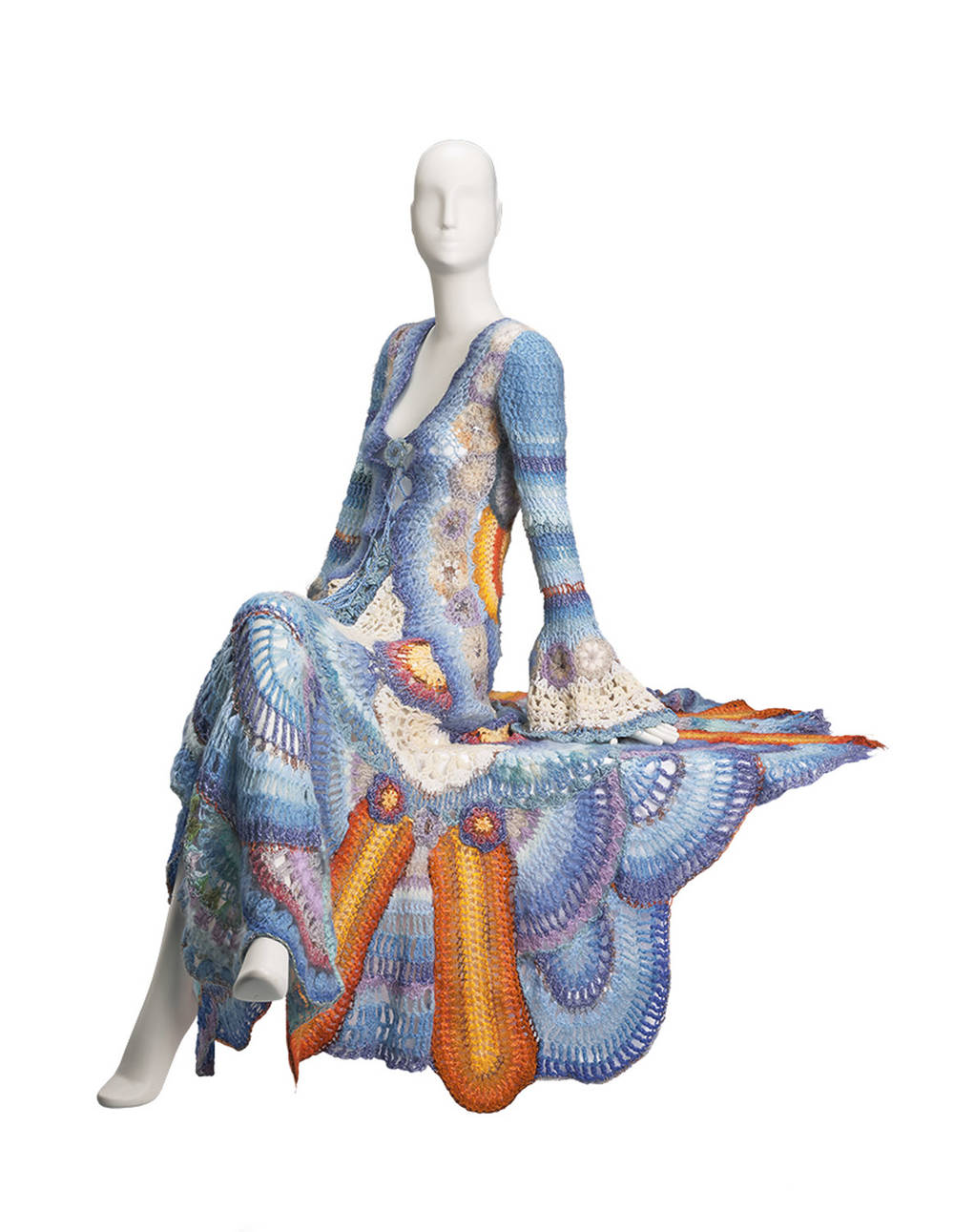
The beatnik and hippie movement established in San Francisco had its center in the Haight-Ashbury district. How should we imagine the atmosphere there at the time? Was it all peace, love and happiness?
The situation was more one that very quickly turned into chaos and people feeling overwhelmed. After the successful “Human Be In” in Golden Gate Park and news of spread throughout the entire country 100,000 young people from all over the United States descended on the district within a very short period of time. The overall mood was one of peace, love and happiness, but very soon other realities got mixed into that. In a sense, the Summer of Love was over very quickly, but lived on in a totally different manner.
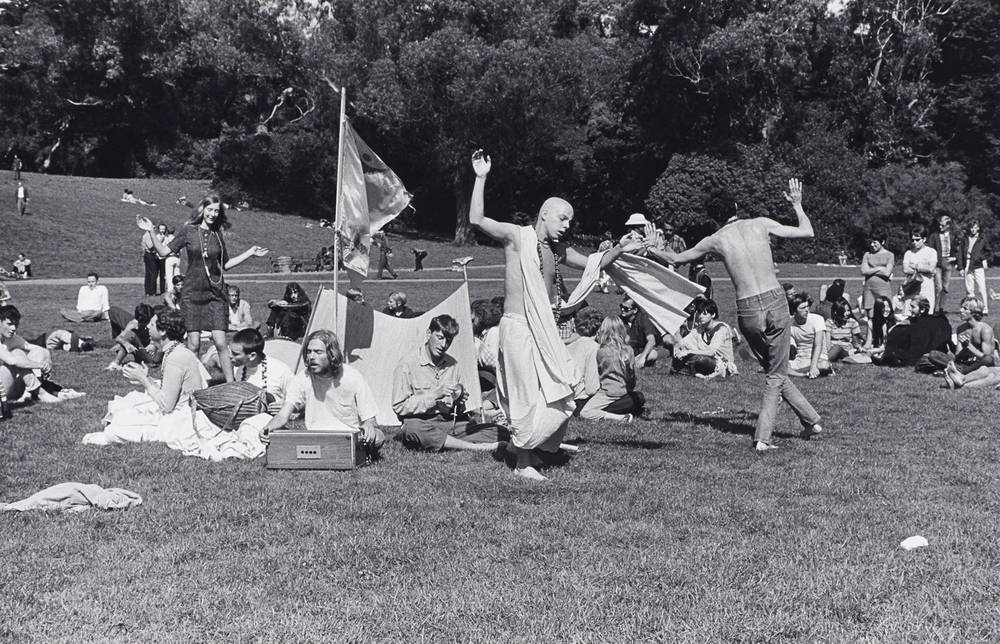
“One pill makes you larger. And one pill makes you small,” sang Grace Slick of Jefferson Airplane in 1967 in “White Rabbit”. Questioning a strict education and breaking out of traditional moral conceptions was also a theme of the music. What characterizes the music of this movement?
The music of this era, but also the bands above all Grateful Dead, Jefferson Airplane, Janis Joplin and others were the driving force and trigger for a new consciousness and breaking out of a lifestyle that for many people no longer had to do with reality, new values and goals. Doubtless it was also a conscious decision to indulge in the shared experience of a state of being during a concert, having the feeling of being part of a different “family”, developing a new perception of your surroundings, naturally with the help of LSD. Important proponents were also author Ken Kesey with his Acid Tests events and his group of Merry Pranksters or actor Peter Coyote and his collective the Diggers. Incidentally, Peter Coyote also spoke the audio tour for the exhibition, and many of the musicians loaned items. Joan Baez removed her poster from her own living room to bring it to the exhibition.
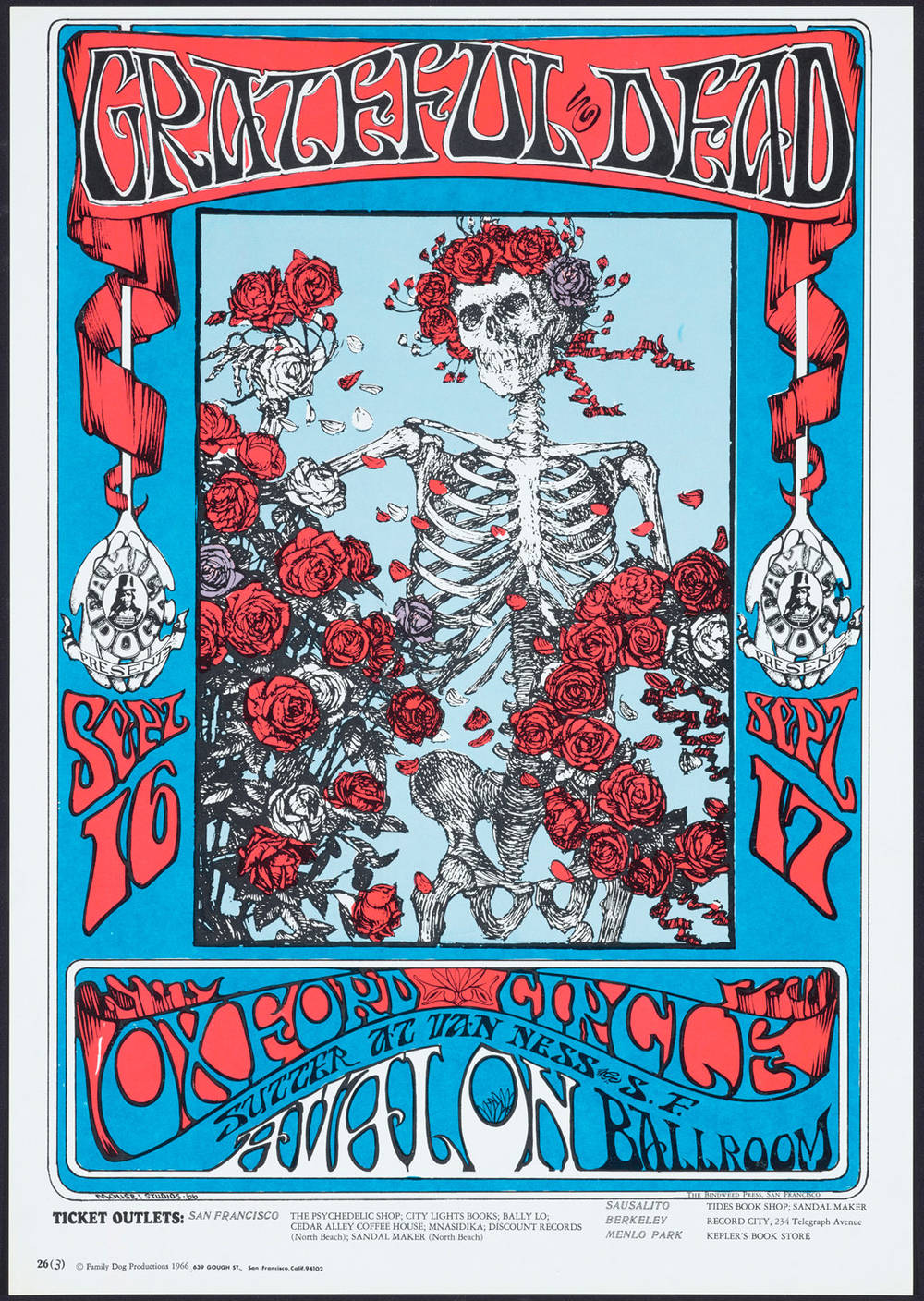
Even 50 years on the Summer of Love it is still a media phenomenon surrounded by myths. What is still visible and palpable of it today in San Francisco?
San Francisco would be inconceivable without this element of the counterculture that was naturally introduced by the beatniks. You can sense it on every corner, even though today there is naturally also a totally different San Francisco. But that is precisely what makes it so fascinating. Amongst the sponsors of our museum there are those who never set foot in Haight Asbury at the time, and did not notice much of what was going on, and others who are turbo-capitalist investors today and back then joined in the celebrations sporting a huge afro.
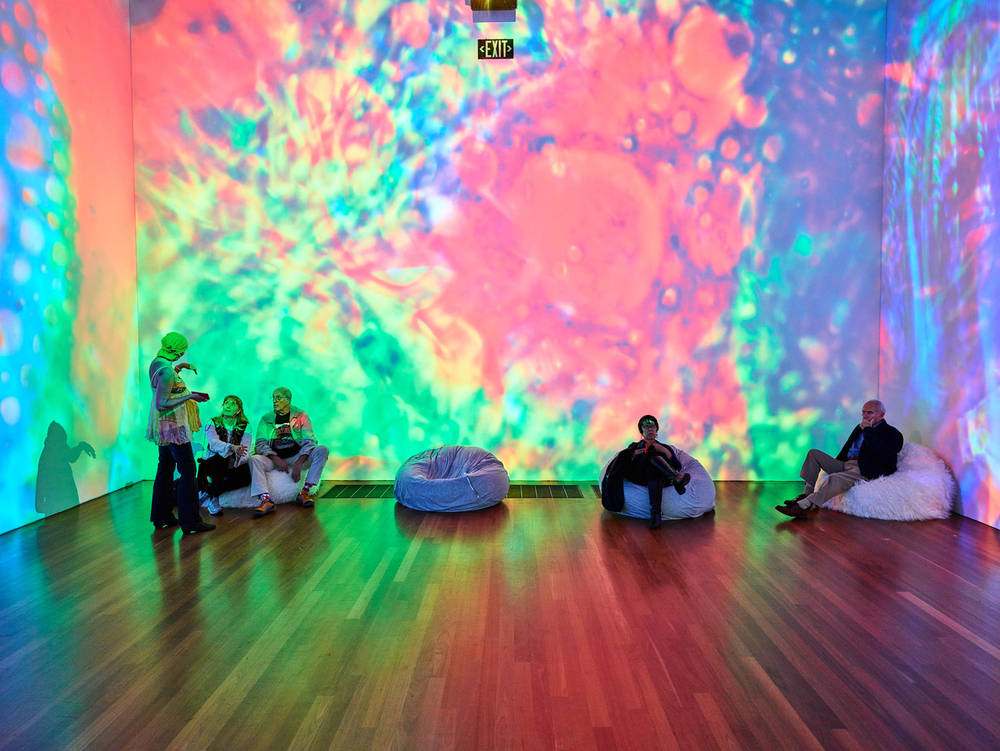
In recent months you initiated numerous projects on topics including Stuart Davis, Leonardo Dew or the presentation of the works of Swiss artist Urs Fischer in the permanent collection of the Legion of Honor. What’s the next project?
A lot is planned, and of course what we are doing here is based on my past experiences and activities in Frankfurt. To some extent the Jeff Koons exhibition 2012 in the Liebieghaus definitely anticipated the interventions by Urs Fischer, or the current presentation of Sarah Lucas in the Rodin galleries of the Legion of Honor. The enthusiasm, and also the excitement is similar. Then in the autumn we are showing a large exhibition on Gustav Klimt and Auguste Rodin, which is naturally especially close to my heart. We were able to realize it in a very short space of time. It is the first large Klimt exhibition on the West Coast ever, and “Nuda Veritas or the Naked Truth” will also be on display. And naturally I am looking forward to the “Gods of Color”, which we are also showing in autumn in the Legion of Honor, in collaboration with Frankfurt’s Liebieghaus. The de Young Museum is presenting the latest excavations from Teotihuacan, the highly significant, gigantic pyramid complex near Mexico City, which precisely now is an important sign of the cooperation between an American institution and our Mexican colleagues. Moreover, we have made a substantial acquisition of over 60 works of Afro-American art from the deep South – presenting these works as a new integral part of our narration of American art in the last twenty years is a breakthrough that is perceived far beyond San Francisco. In all, we produce over 30 exhibitions a year. So there is always a lot to see – and I am always happy to have visitors from Frankfurt!
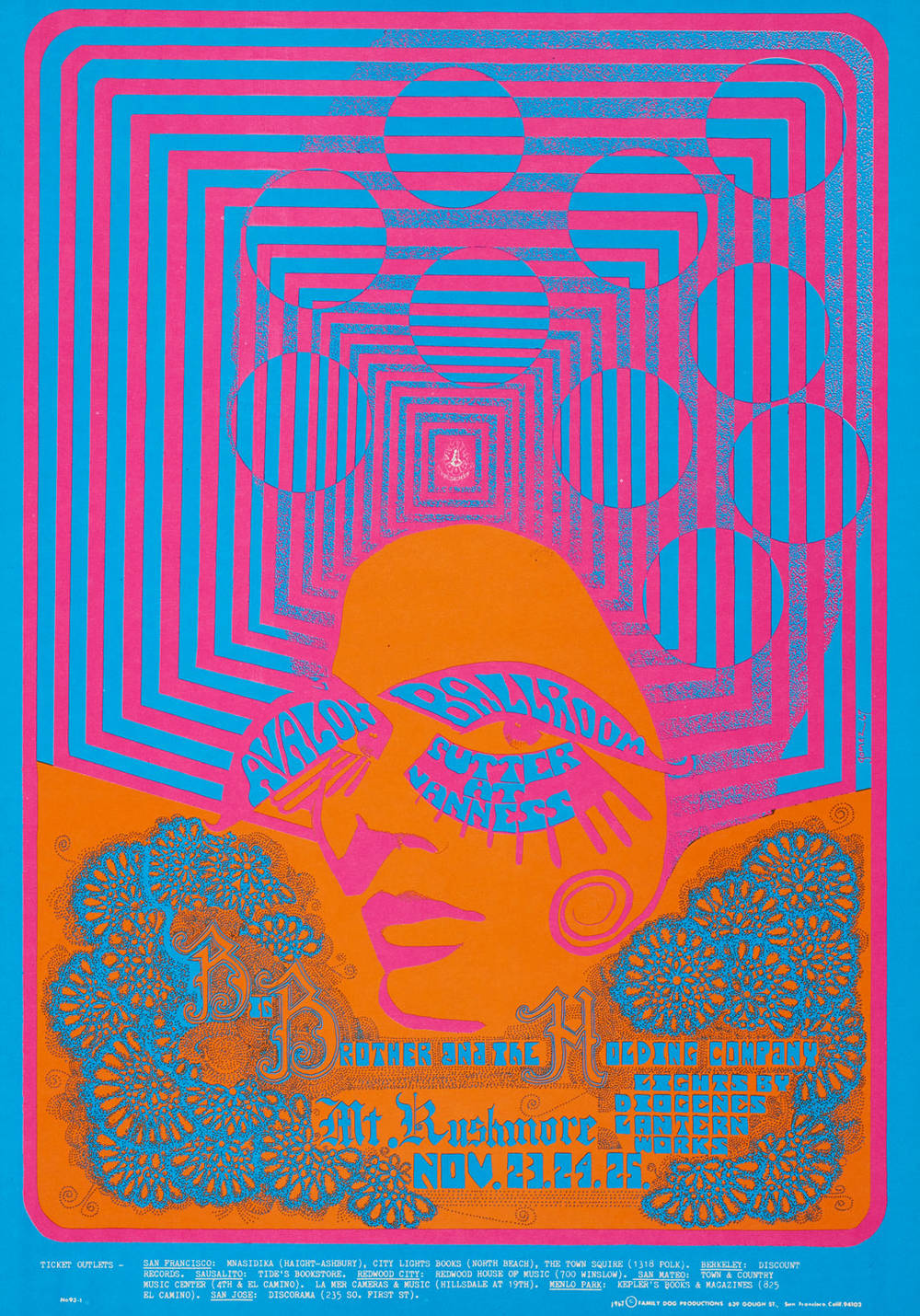

5 questions for Mary Messhausen and proddy produzentin
With the performance "Thonk piece: Hungry for Stains", drag queens Mary Messhausen and proddy produzentin will open the exhibition COSIMA VON BONIN....

Lyonel Feininger and the Harvard Art Museums. Part 2
The Harvard Art Museums host the largest Lyonel Feininger collection in the world. The directors Lynette Roth and Laura Muir chat about Feininger’s...
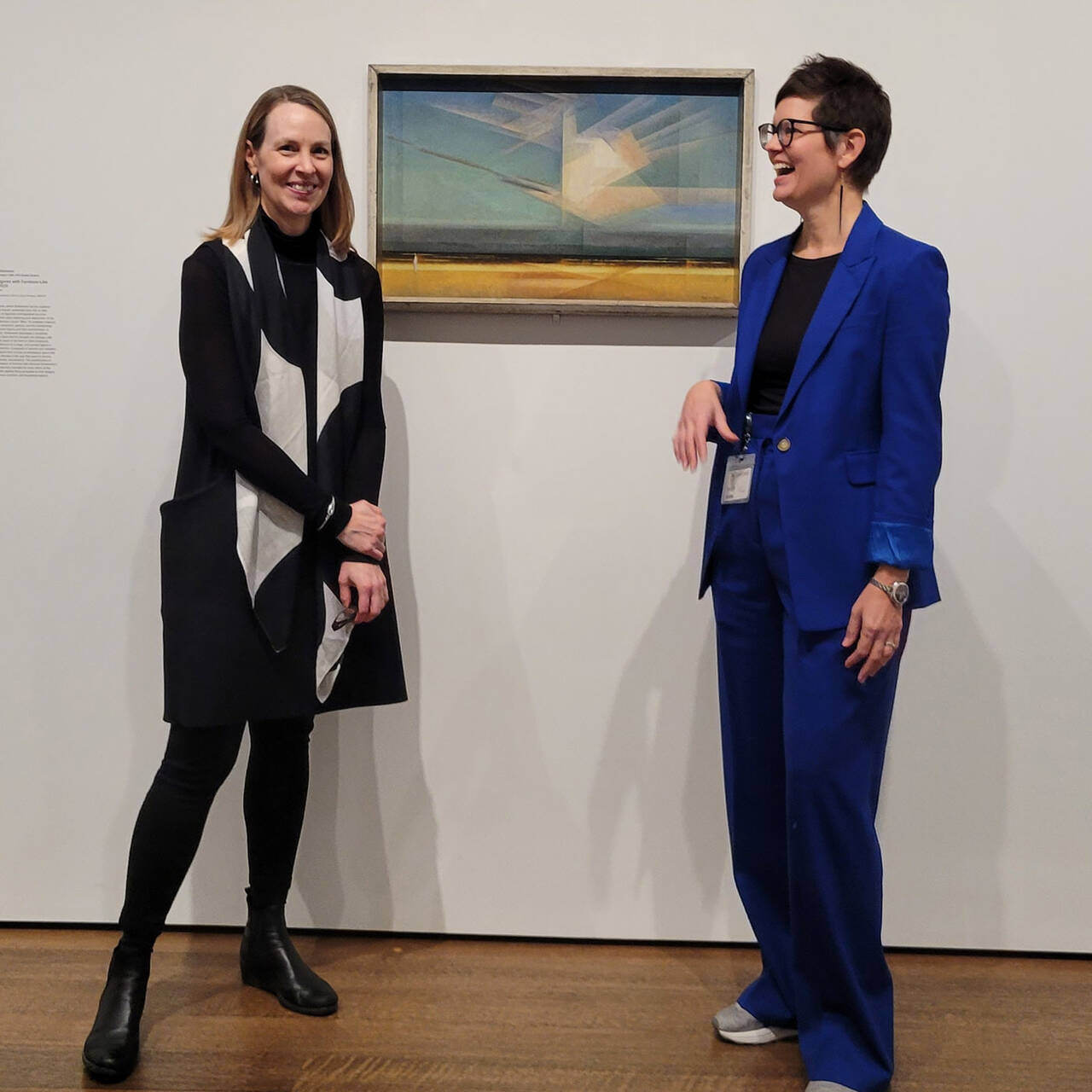
Lyonel Feininger and the Harvard Art Museums. Part 1
The Harvard Art Museums host the largest Lyonel Feininger collection in the world. How did that happen and how was the relationship between the artist...
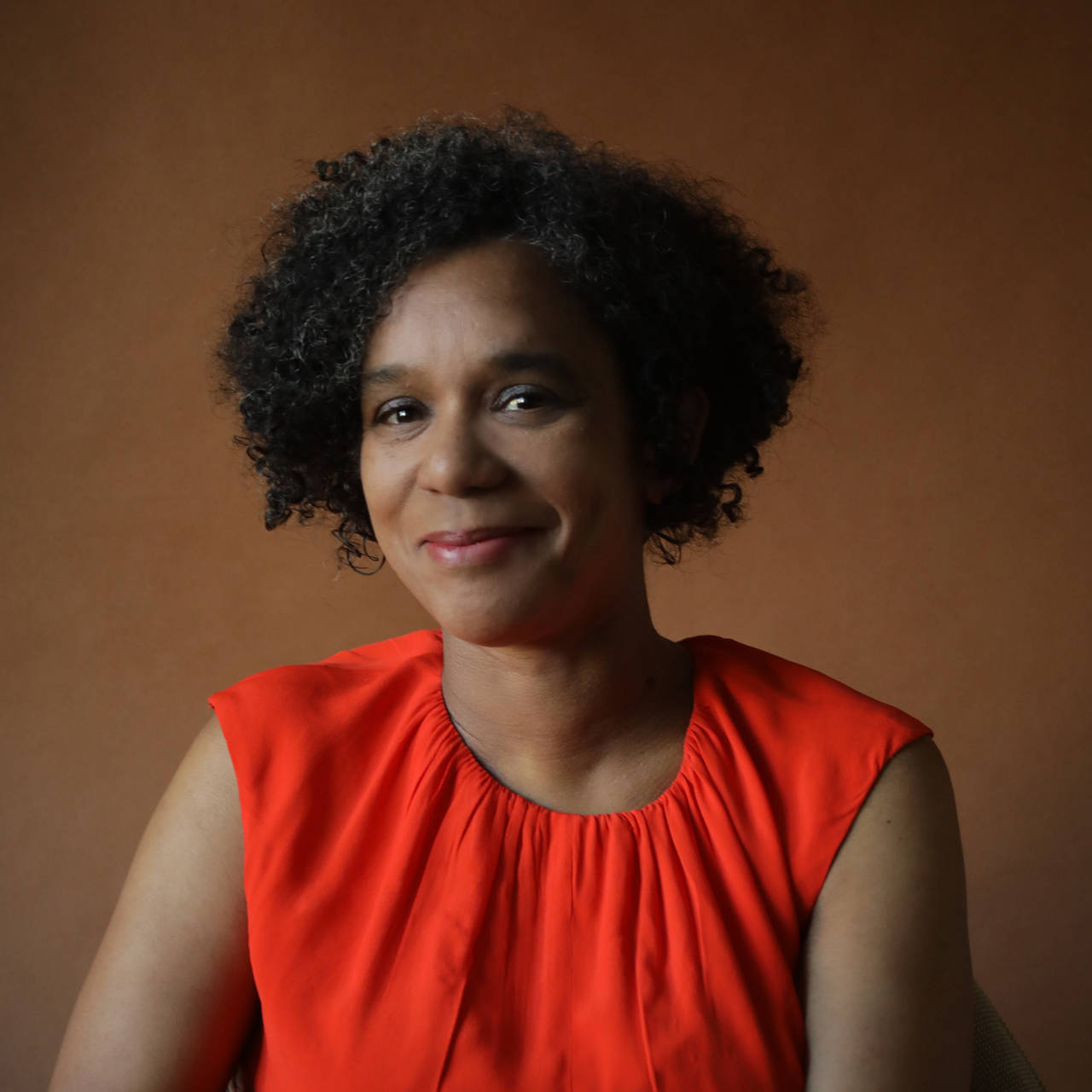
Empathy, but how? Julia Grosse talks to Elisabeth Wellershaus
What role do empathy and emotions play in the cultural world of today and tomorrow? In the first part of the interview series, curator Julia Grosse...
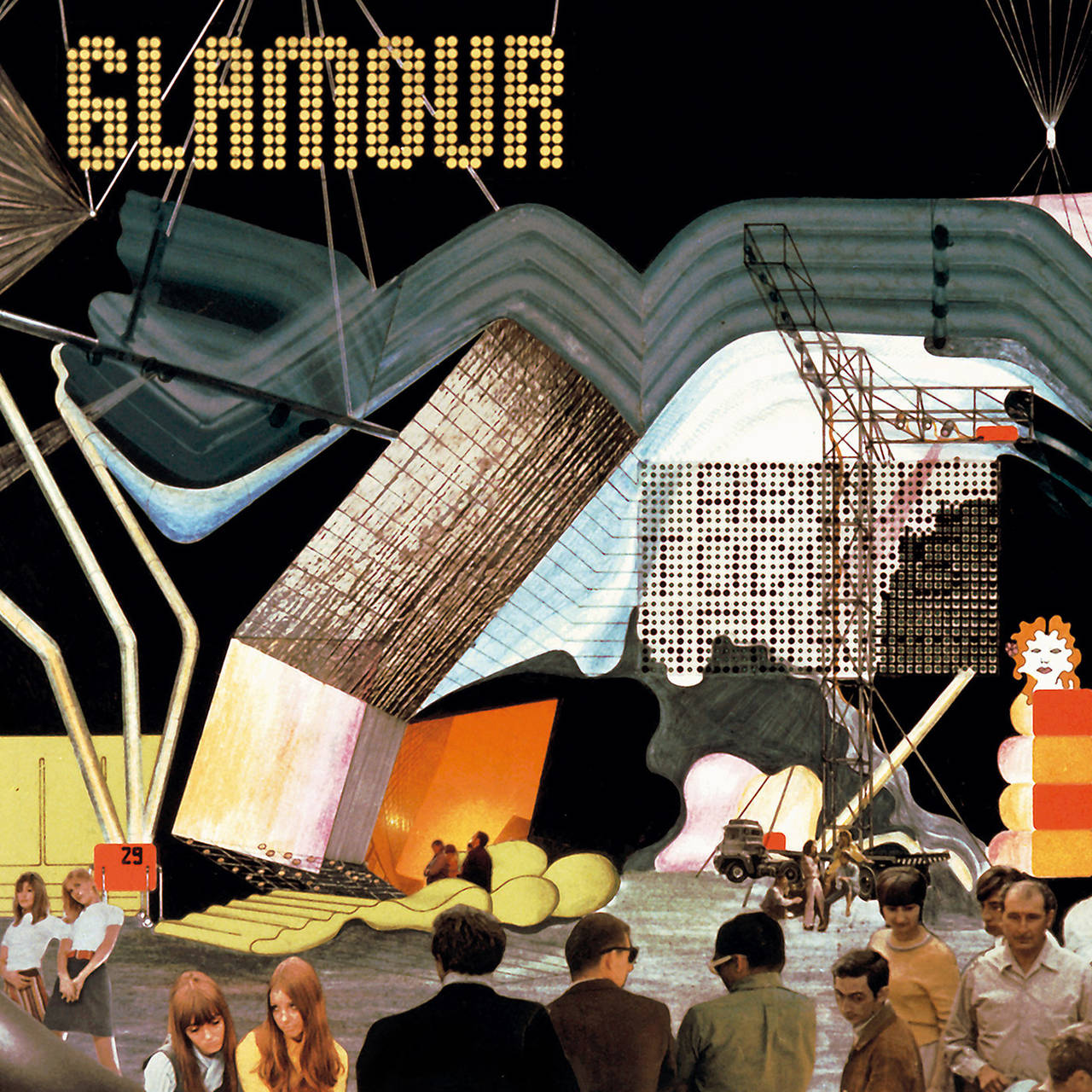
The eventful history of plastic in design
The collection of the Design Museum Brussels consists entirely of objects made of plastic. No wonder, that some of the works in PLASTIC WORLD, which...
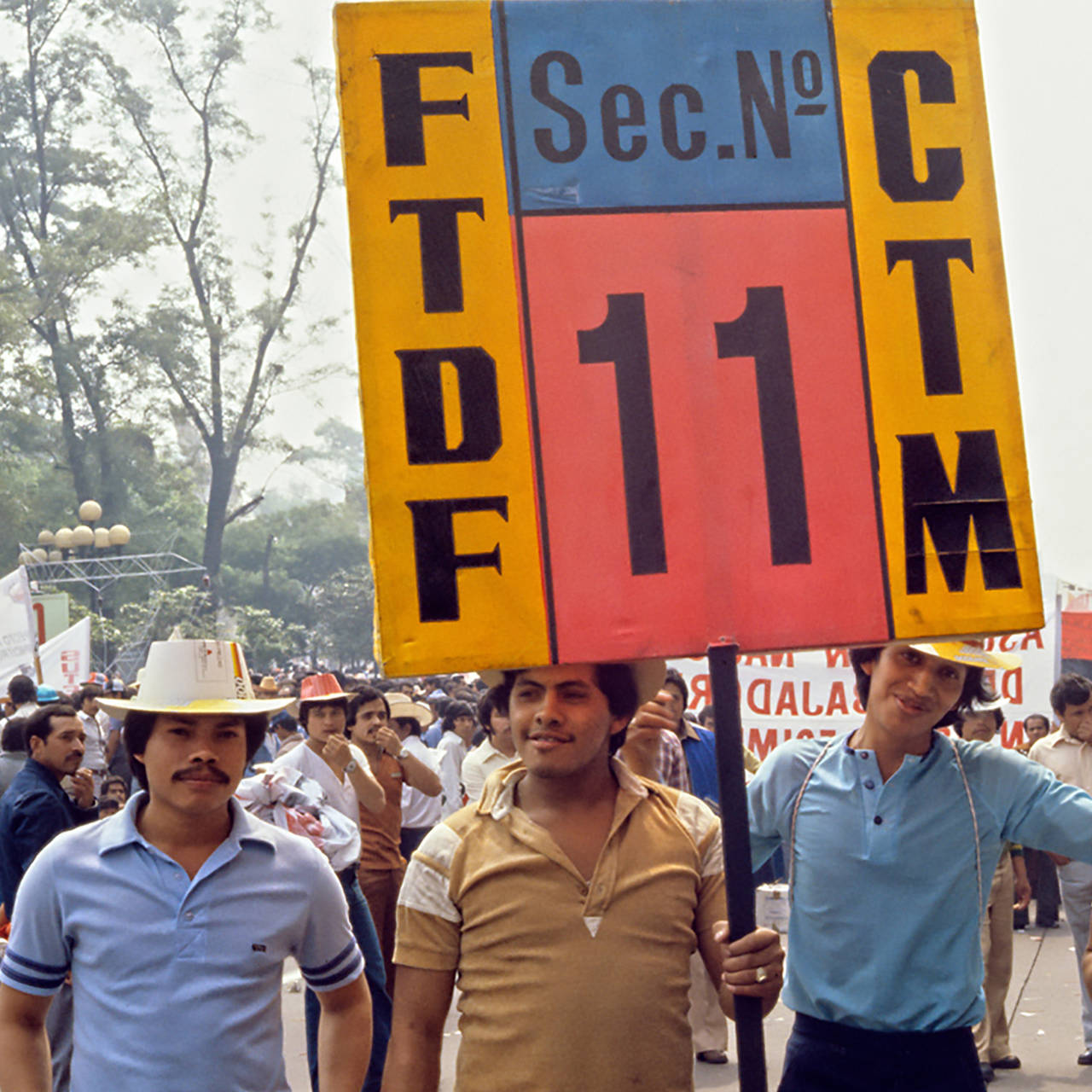
What does peace mean today?
In her work MARTHA ROSLER repeatedly addresses wars and protest movements. In conversation with peace and conflict researcher Thania Paffenholz we...
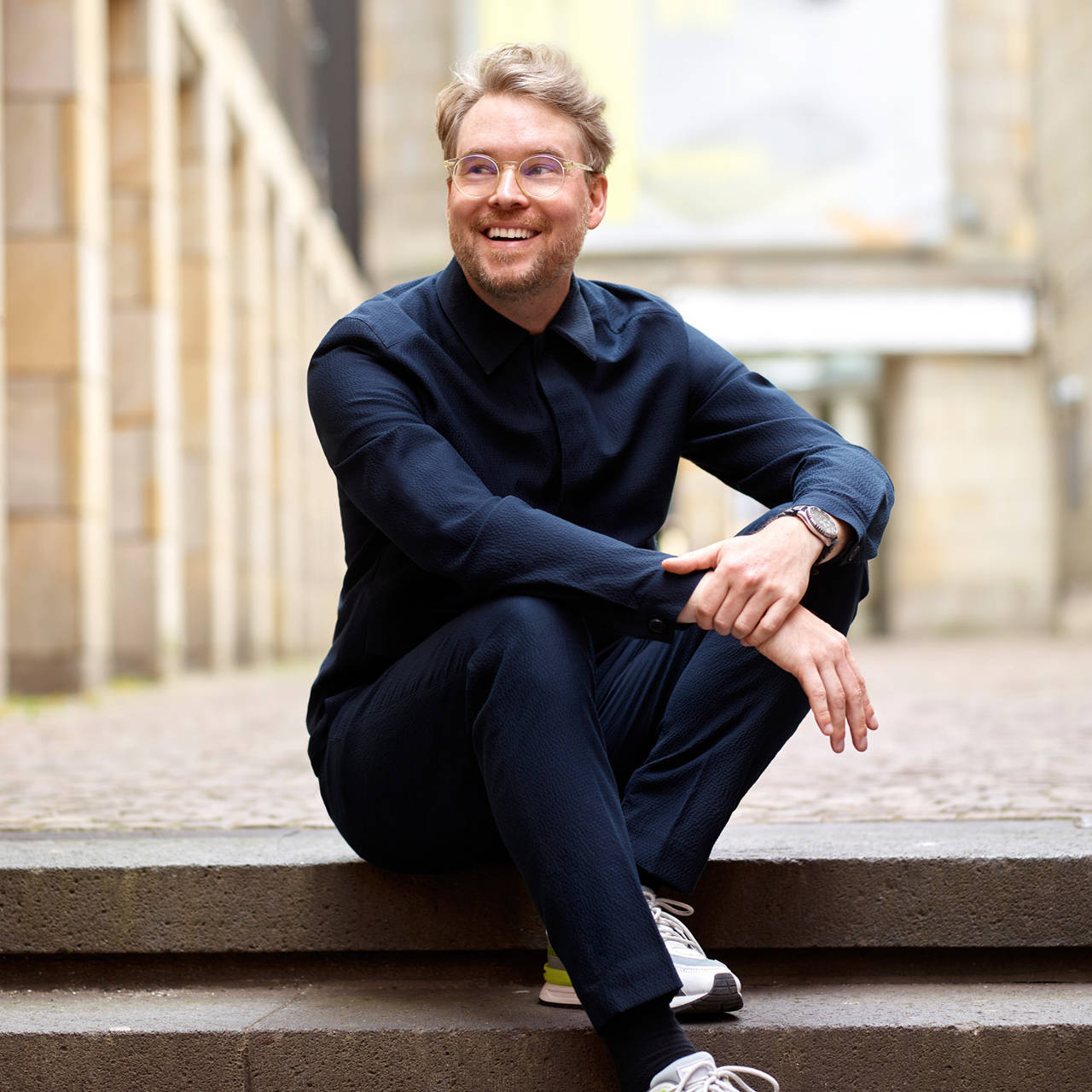
5 QUESTIONS FOR SEBASTAN BADEN
Starting July 6, the SCHIRN will be hosting an exhibition focusing on concept artist and pioneer of critical feminism Martha Rosler. Director...
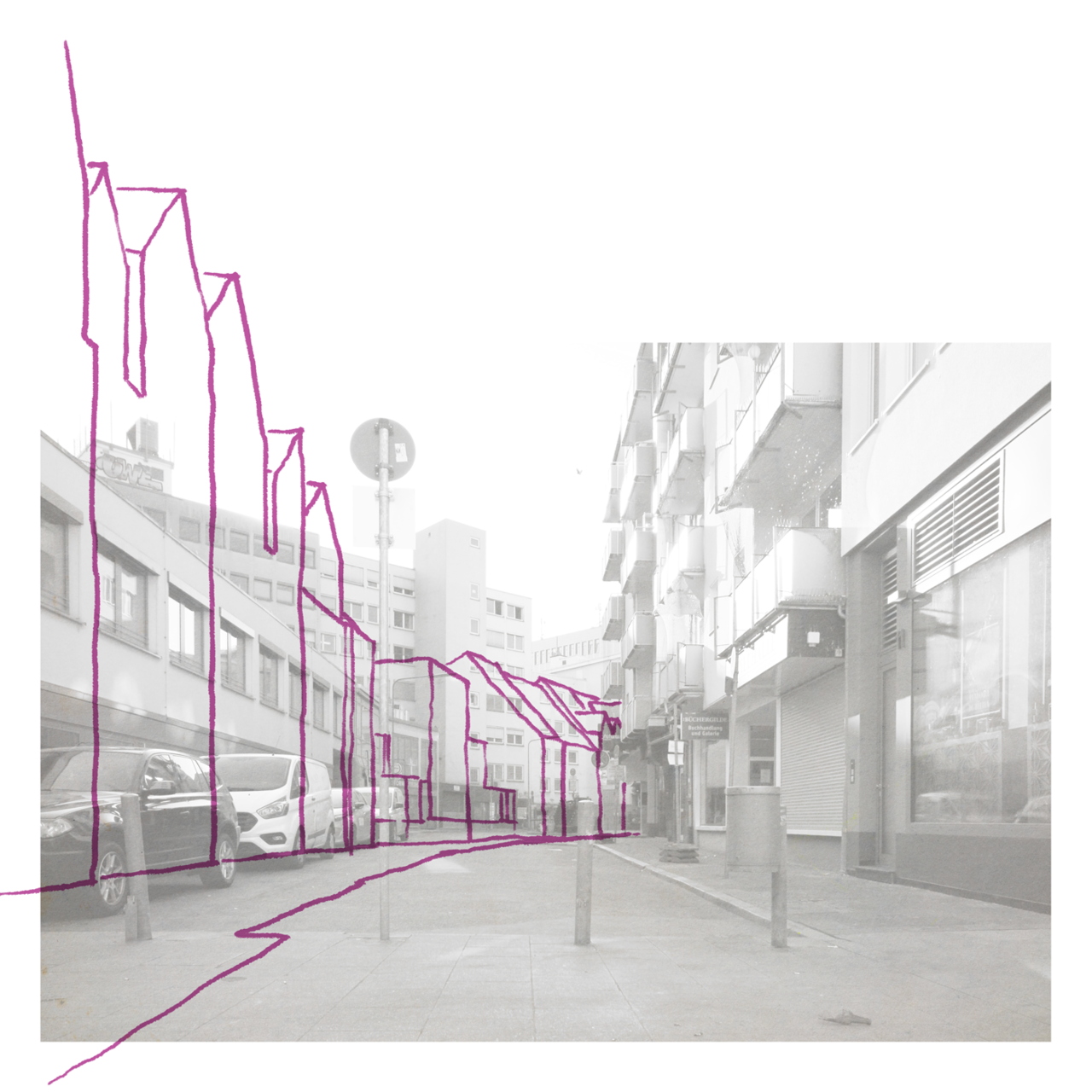
“History is not the past”: A conversation with Mirjam Wenzel and Meitar Tewel
The Judengasse in Frankfurt was once one of the most important centers of Jewish life in Europe. Today, its traces have been largely erased. The...
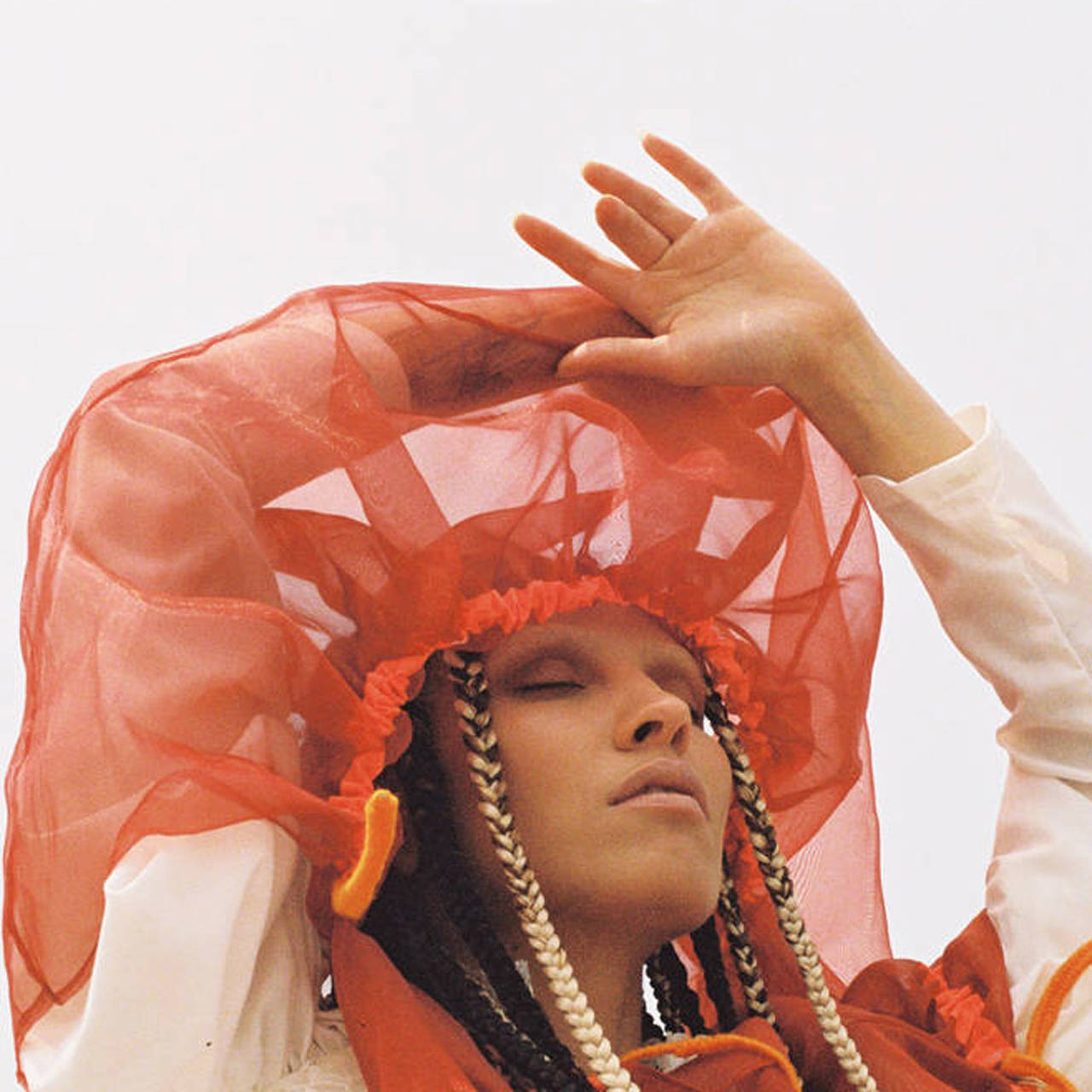
The High Priestess, the Empress, and Death. About Tarot Cards and their Meaning
In her Tarot Garden Niki de Saint Phalle used their symbolism, at SCHIRN AT NIGHT they will be read live and in person: Tarot Cards. So, how does it...
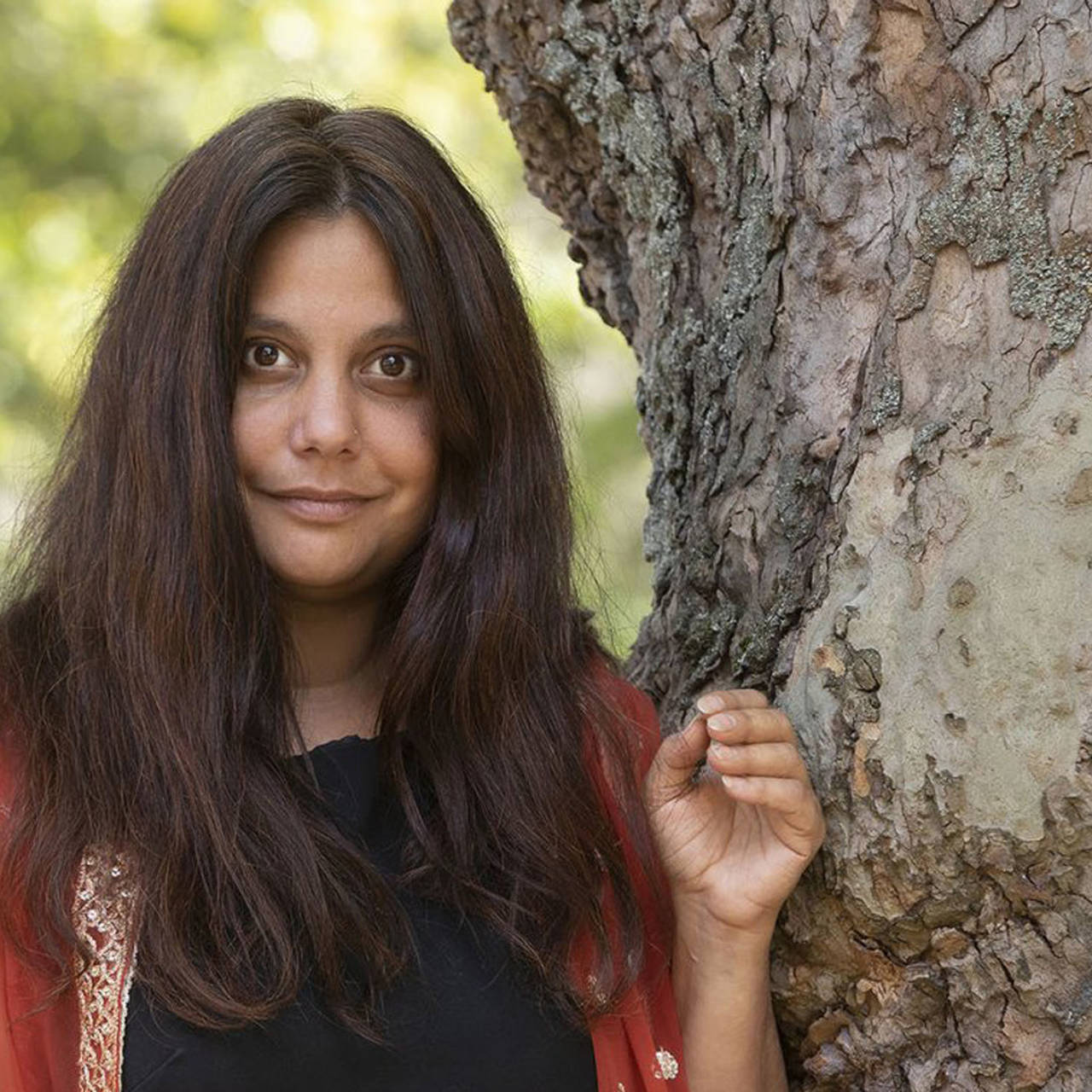
Mithu Sanyal on the Indian diaspora, her next novel, and more
In the second part of the interview, Mithu Sanyal talks about the German and British diaspora, mother/daughter relationships, and what her readers can...